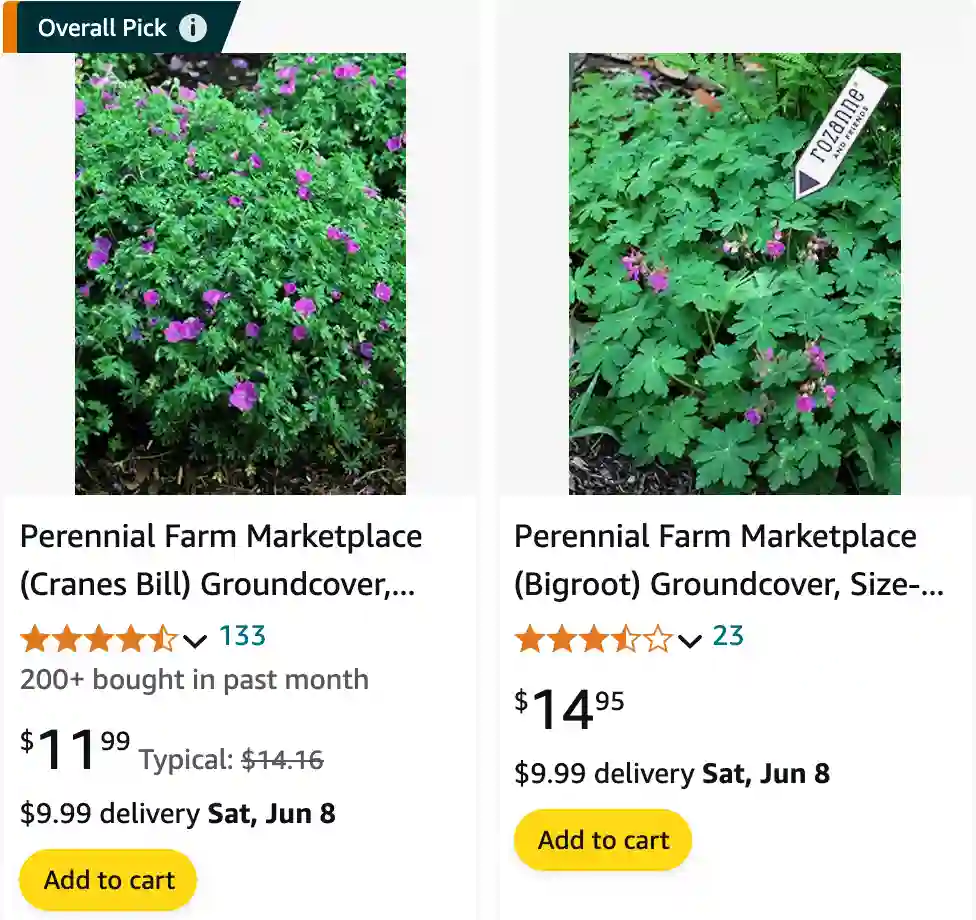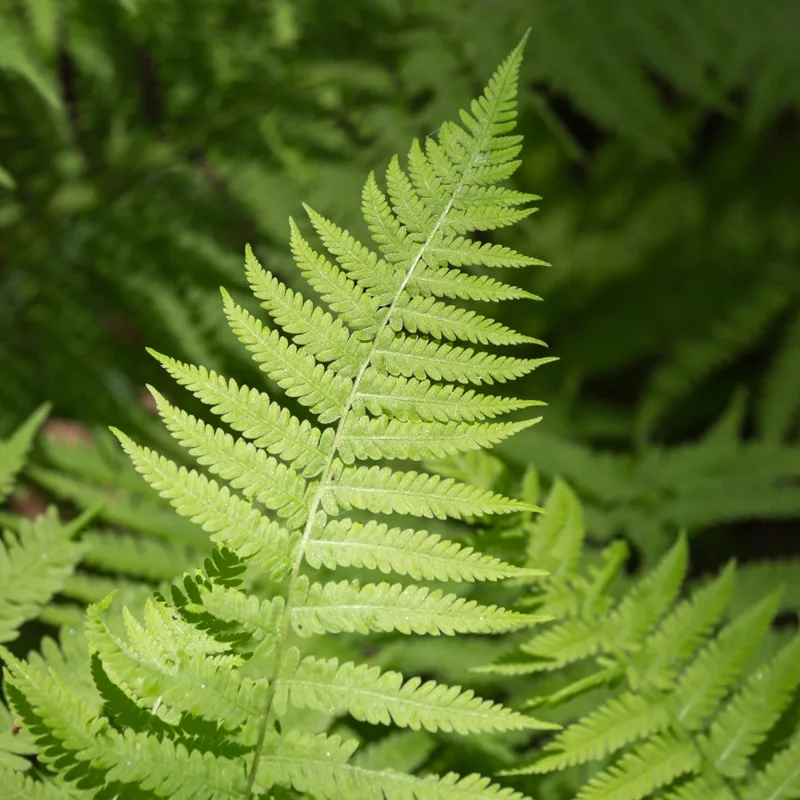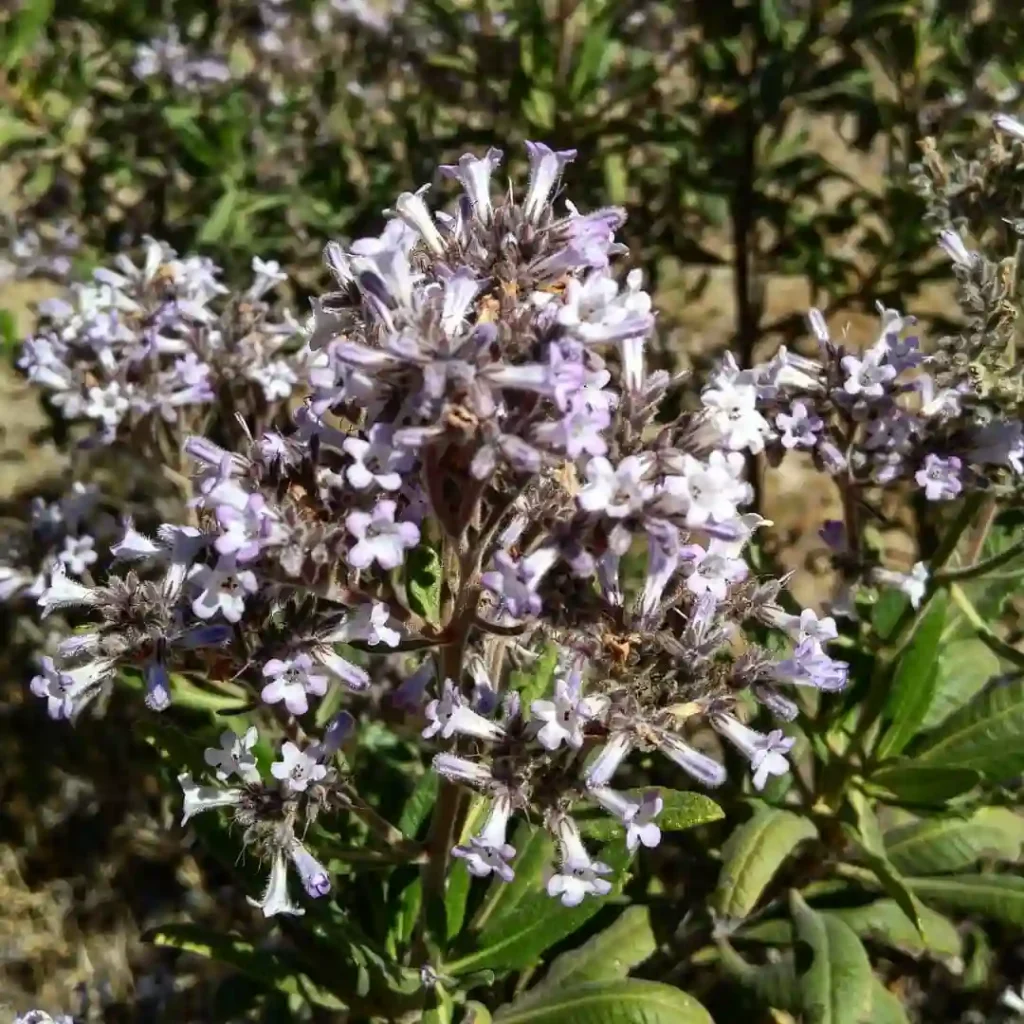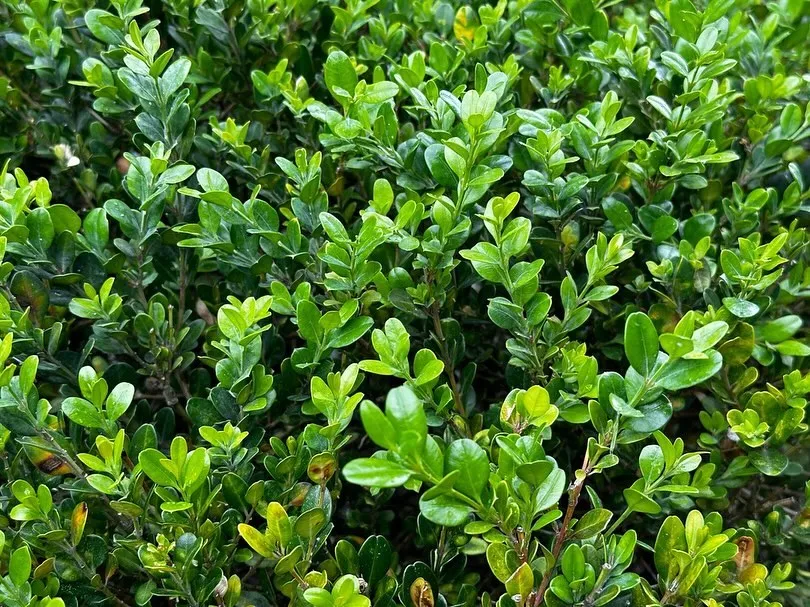
Bigroot Geranium: A Gardener’s Delight
As someone who enjoys a low-maintenance garden with pops of color, I fell in love with Geranium macrorrhizum, also known as the bigroot geranium. This resilient perennial has become a staple in my landscaping, offering a beautiful groundcover with fragrant foliage and charming blooms.
Since discovering this gem, I’ve learned a lot about its care and propagation. Now, I want to share my experience with fellow gardeners who might be interested in adding this easy-to-grow wonder to their own plots.
362 Species in Genus Geranium
What is Geranium macrorrihizum?
This hardy flowering perennial belongs to the Geranium family and is native to the Balkans and southeastern Alps. It boasts stunning five-lobed, palmate leaves that release a pleasant, somewhat apple-like scent when crushed. The real showstopper, however, are the clusters of delicate pink flowers that bloom in late spring to early summer.
Beyond its aesthetics, Geranium macrorrhizum offers several practical benefits. It’s a fantastic groundcover, forming a dense mat that helps suppress weeds. Additionally, it’s known for its tolerance to various light conditions and drought resistance, making it a low-maintenance choice.
Geranium Macrorrhizum vs Pelargonium Graveolens
I find Geranium Macrorrhizum to be a reliable ground cover with a lovely, subtle fragrance and a great tolerance for tough conditions, while Pelargonium Graveolens has a more intense scent that really fills the air and adds a vibrant touch to my garden.
How to Care for Geranium macrorrhizum?
Planting Geranium macrorrhizum is a breeze. It thrives in full sun to part shade and prefers well-drained soil. Amending your existing soil with compost before planting is recommended to ensure good drainage. Once established, it requires minimal watering, especially during cooler months.
While not a heavy feeder, a light application of fertilizer in early spring can encourage lush growth and vibrant blooms. Deadheading spent flowers throughout the season may also promote additional flowering.
Geranium macrorrhizum is a low-maintenance plant, but occasional trimming can help maintain its shape and encourage bushier growth. Aim to prune lightly after flowering or in late fall before winter dormancy.
How to Propagate Geranium macrorrhizum?
The beauty of Geranium macrorrhizum is its ease of propagation. There are two main methods you can use: division and stem cuttings.
- Division: This method is best done in early spring or fall when the plant is dormant. Carefully dig up a mature clump and use a sharp spade to divide it into several sections, each with healthy roots and shoots. Replant the divisions in their desired locations.
- Stem Cuttings: Take stem cuttings in late spring or early summer. Choose healthy, non-flowering stems with a few nodes. Cut them just below a node at an angle. Remove the lower leaves and dip the cut end in rooting hormone (optional but can improve success rate). Plant the cuttings in pots filled with a well-draining potting mix and keep them moist in a partially shaded location. With proper care, they should root within a few weeks.
Where to Buy Geranium macrorrhizum?
Geranium macrorrhizum is a popular choice for gardeners and is readily available at most nurseries and garden centers. You can also find it online from reputable plant retailers.
Is Geranium macrorrhizum Album Deer-Resistant?
Yes! The good news is that Geranium macrorrhizum, including the popular cultivar ‘Album’ with white flowers, is generally considered deer-resistant. The slightly fuzzy leaves and fragrant foliage seem to deter these browsing herbivores.
Is Geranium macrorrhizum Invasive?
While Geranium macrorrhizum is a vigorous grower, it’s not typically considered invasive. Its spreading habit is manageable, and it doesn’t readily self-seed. However, it’s always a good idea to check with your local authorities about any potential concerns regarding invasive plants in your area.
What to Plant with Geranium macrorrhizum?
Geranium macrorrhizum pairs beautifully with a variety of plants. Here are a few ideas:
- Spring Bulbs: Daffodils and tulips add a burst of color in early spring before the Geraniums bloom.
- Daylilies: These low-maintenance flowers provide continuous blooms throughout the summer, complementing the Geranium’s later flowering period.
- Hostas: Their shade-loving nature makes them perfect companions for Geraniums planted in partially shaded areas.
- Ornamental Grasses: The contrasting textures of feathery grasses add visual interest and movement to the planting bed.
Conclusion
Geranium macrorrhizum is a fantastic addition to any garden. Its versatility, low maintenance needs, and beautiful blooms make it a winner in my book. With proper care and occasional propagation, you can enjoy this delightful plant for years to come.
If i die, water my plants!



